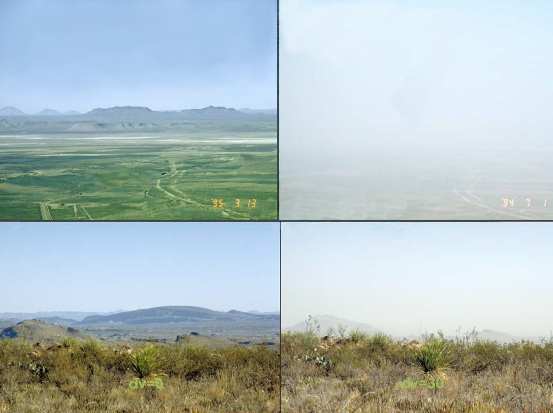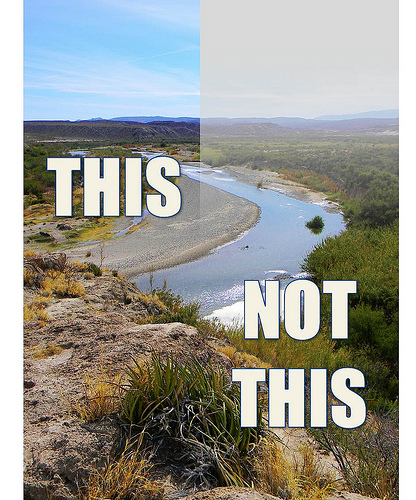
What is haze?
Simply put, haze is visible pollution. Our atmosphere is mostly composed of nitrogen and oxygen molecules. When sunlight hits these small molecules, blue light is scattered in every direction giving the sky its color. Soot and other solid and liquid pollution suspended in the air are very big relative to the other components of the atmosphere. When light interacts with these molecules, every color is scattered more or less equally resulting in a more opaque white or gray color. Many pollutants can cause haze, but nitrogen and sulfur oxides are the biggest contributors. Sulfur dioxide is an especially common cause of haze. And fossil fuel combustion at power plants is the main source of sulfur dioxide pollution.
Sulfur dioxide reacts with oxygen to form sulfate aerosols, a.k.a. particulate matter, which are one of the most common causes of haze air pollution in our skies. In addition to fossil fuel combustion from electric utility and motor vehicles, haze pollutants can come from oil refineries, steel mills, and other industrial operations. There are also natural forms of haze such as windblown dust, soot from wildfires, and volcanic emissions, but data clearly shows a link between increased haze and industry.
 Why does haze matter?
Why does haze matter?
It is bad enough that many of our cities are characterized by frequent poor visibility from all of the heavy industry, power plants, and traffic. Unfortunately, haze can travel far from its source and lower the visibility at even the most secluded natural areas. In the United States, we pride ourselves on our wide-open spaces, but if haze is left unchecked, we will hardly be able to view any of them.
When pollution causes haze, we can be sure that we are also breathing it in. Many of the haze-causing pollutants, like sulfur dioxide and particulate matter, are not good for our health.
What can be done?
One way to clean up haze is to clean up one of its major components, sulfur. There are a number of technologies that exist to remove sulfur dioxide from the flue gas of power plants. The Clean Air Act mandates that states submit plans to limit pollution that can cause haze.
Last year, the EPA rejected key parts of the Texas Commission on Environmental Quality’s (TCEQ) do-nothing haze plan and began to develop new rules for Texas. In the TCEQ plan, haze wouldn’t be addressed until the year 2155, which is an absurdly long time to wait to tackle a fixable problem. According to Texas industries and politicians that defend big polluters, it is simply too expensive to address haze, and they claim the expense will inevitably be passed along to consumers. A wide variety of Texans support the plan, however, and want our national parks and other federal lands to be protected. Many people showed up to the EPA hearings on the draft regional haze plan conducted earlier this year to show their support for clean air.
With the comments period on the new rules over, we now anticipate a final haze rule in December 2015, with clearer skies to follow a few years after that. We will continue to cover the fight for clean air in Texas, so stay tuned!